Your cart is currently empty!
Distribution Chambers
What Are Distribution Chambers Used for in Wastewater Treatment Systems?
A distribution chamber is used in infiltration beds and sand filters to evenly distribute wastewater into multiple dispersal (perforated) pipes.
It is a critical component in small on-site wastewater treatment systems because it ensures that the entire infiltration area is used and not overloaded.
Here is a clear and complete explanation 👇
What Is a Distribution Chamber?
A distribution chamber is a small chamber with multiple outlets, placed between the septic tank (or primary treatment) and the infiltration/soil treatment area.
Its purpose is to ensure equal and controlled distribution of wastewater to all dispersal pipes.
What Is a Distribution Chamber Used For?
✔ 1. Even distribution of wastewater
The chamber ensures wastewater flows into all dispersal pipes, not just one.
This prevents:
-
local overloading
-
clogging of a single section
-
uneven saturation
-
premature system failure
✔ 2. Increased system reliability
If wastewater only enters one pipe, that portion of the bed quickly becomes saturated and may cause:
-
odors
-
surface flooding
-
hydraulic overload
-
backflow
The distribution chamber prevents these problems.
✔ 3. Height adjustment and fine tuning
Many distribution chambers include:
-
adjustable outlet levels
-
flow regulators
-
leveling inserts
This allows precise balancing of flow to all pipes.
✔ 4. Inspection and maintenance
The chamber acts as a service point.
It allows:
-
flushing of dispersal pipes
-
inspection of flow
-
troubleshooting
-
level measurement
✔ 5. Flow control and balance
In infiltration systems, water must:
-
enter slowly
-
be evenly spread
-
avoid creating channels or erosion
The distribution chamber handles this.
🟫 Where Are Distribution Chambers Used?
✔ Residential on-site wastewater systems
✔ Infiltration beds
✔ Sand filters / soil treatment beds
✔ After-treatments for small treatment plants
✔ Systems using multiple dispersal pipes
✔ Sites with level differences
🟧 What Does a Distribution Chamber Look Like?
Typical features:
-
Ø315–Ø400 mm
-
2–6 outlets
-
One inlet from the septic tank
-
Adjustable outlet fittings
-
Telescopic riser for height adjustment
Materials:
-
Plastic (PP/PE) – most common
-
Concrete – older systems
⭐ Summary
Distribution chambers are used to:
-
✔ evenly distribute wastewater
-
✔ prevent overload of the infiltration system
-
✔ allow service and pipe flushing
-
✔ extend the system’s lifespan
-
✔ ensure controlled and balanced flow
They are a vital component in all infiltration and soil treatment systems.
-
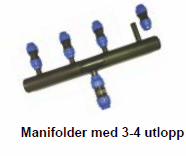
Art.nr: Bagmanifolder-4
Baga manifold-4
506 € Add to cart -

Art.nr: traB1101
Concrete distribution well with 2 outlets
220,71 € Add to cart -

Art.nr: TraB1103
Concrete distribution well with 3 outlets
243,80 € Add to cart -

Art.nr: dah5619024
Distribution manifold control unit 110 mm
16,47 € Add to cart -
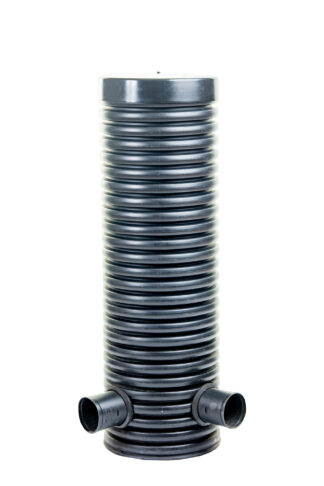
Art.nr: ter3625622
Distribution well with 2 outlets
179,40 € Add to cart -
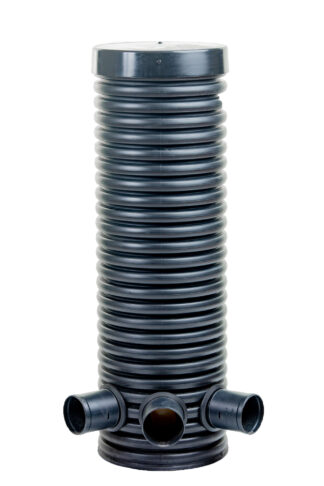
Art.nr: ter3625623
Distribution well with 3 outlets
218,04 € Add to cart -
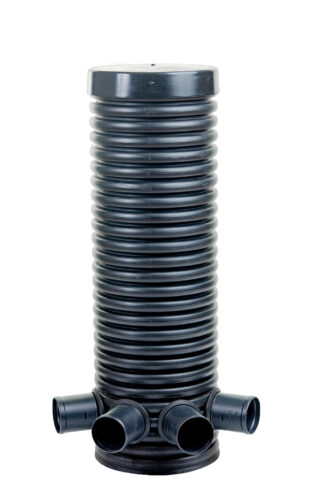
Art.nr: 3625624
Distribution well with 4 outlets
245,64 € Add to cart -
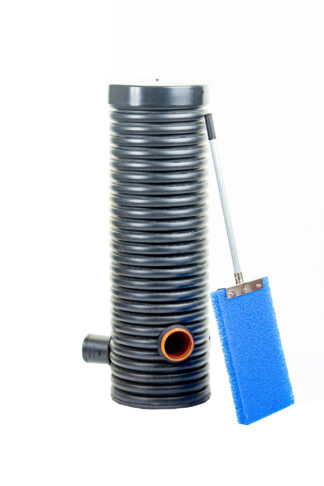
Art.nr: xylQ-8265
Distribution well with sludge stop filter 2 outlets
367,54 € Add to cart -
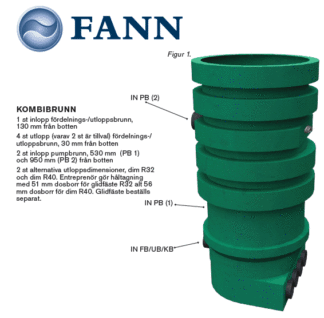
Art.nr: fan5619471
Found combined well
802,24 € Add to cart -
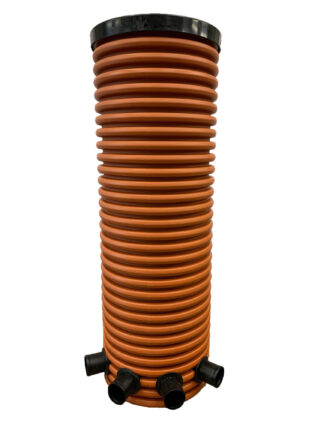
Art.nr: xylQ-8268
Manhole 600×2000 4 outlets
661,94 € Add to cart -
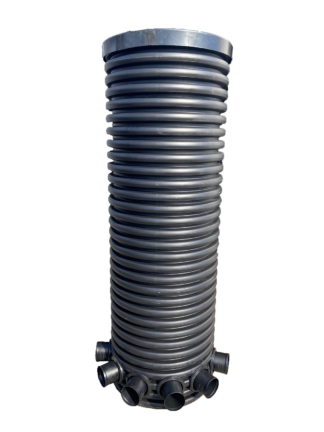
Art.nr: xylQ-8362
Manhole 600×2000 6 outlets
689,54 € Add to cart -
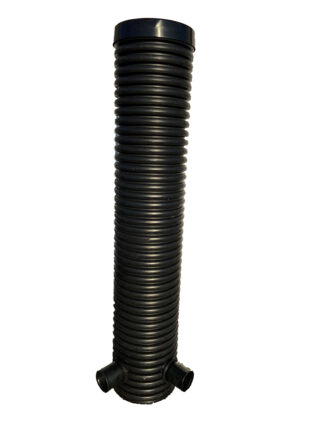
Art.nr: xylQ-7728
Manifold 400×2000 2 outlets
253 € Add to cart -

Art.nr: xylQ-8325
Sludge stop filter for 400mm well
147,20 € Add to cart -
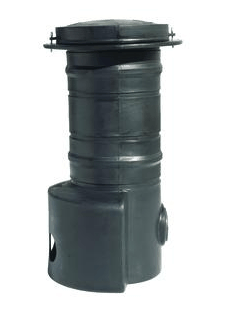
Art.nr: upo5619161
Uponor distribution well
425,96 € Add to cart

